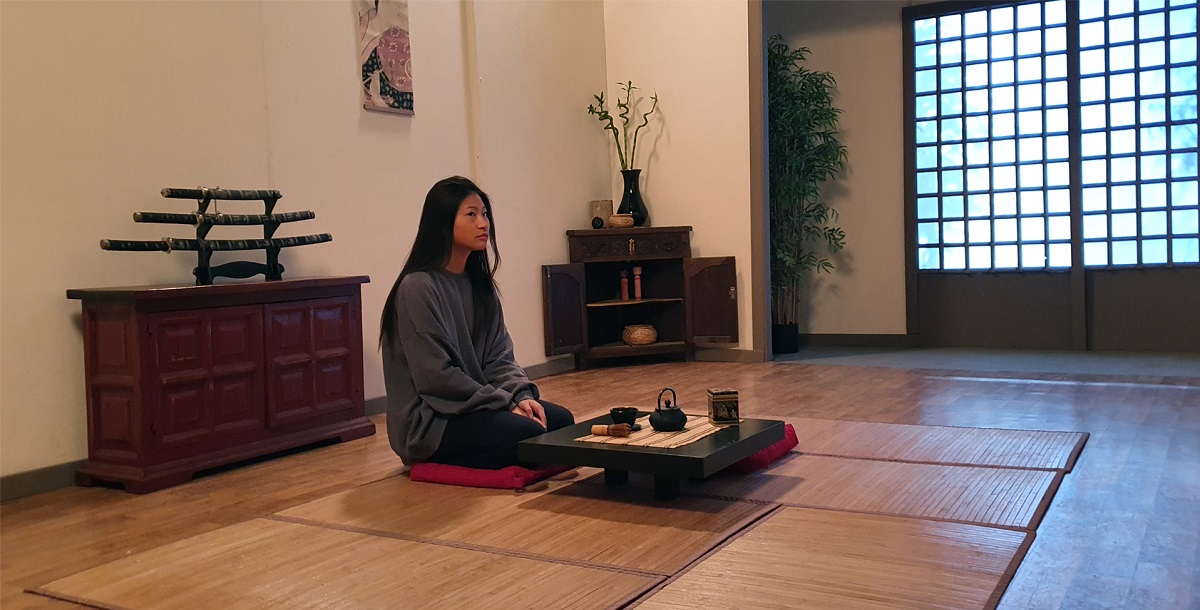

Articles
Why Do Japanese Sit On The Floor
Modified: January 19, 2024
Discover why Japanese people prefer sitting on the floor in this informative article. Explore the cultural significance and benefits of this traditional practice.
(Many of the links in this article redirect to a specific reviewed product. Your purchase of these products through affiliate links helps to generate commission for Storables.com, at no extra cost. Learn more)
Introduction
When you think of sitting, you might imagine chairs, sofas, or benches – conventional furniture designed for comfort and support. However, in Japanese culture, sitting on the floor is a common practice that has been ingrained in their daily lives for centuries. This unique seating style, known as “zashiki culture,” is deeply rooted in Japan’s history, cultural background, and architectural design.
From traditional homes adorned with tatami mats to modern apartments with floor cushions, the Japanese have embraced floor seating as an integral part of their lifestyle. But have you ever wondered why the Japanese sit on the floor? In this article, we will explore the cultural background, historical origins, and health benefits of this fascinating practice.
So, why do the Japanese prefer sitting on the floor over using conventional furniture? The answer lies in their cultural upbringing and the influence it has had on their way of life. Let’s delve deeper into the world of Japanese floor seating and discover the reasons behind this unique tradition.
Key Takeaways:
- Embracing floor seating reflects Japan’s cultural values of simplicity, harmony, and connection to nature, fostering a mindful and grounded presence while promoting better posture and overall well-being.
- The practice of sitting on the floor in Japan has deep historical and architectural roots, offering a unique blend of tradition and modernity that enriches cultural identity and communal harmony.
Read more: Why Do I Like Sitting On The Floor
Cultural Background
The practice of sitting on the floor in Japan can be traced back to the country’s cultural values, which emphasize simplicity, harmony, and mindfulness. It is deeply rooted in the traditional way of life and reflects the Japanese aesthetic of minimalism and nature appreciation.
Japanese culture places great importance on the concept of “ma,” which refers to the space between objects or the interval of time. This notion of creating a sense of balance and harmony extends to the physical space as well, including how people interact with their surroundings. Sitting on the floor allows individuals to be more attuned to their immediate environment and engage in a more intimate connection with the space they occupy.
Furthermore, the practice of floor seating aligns with the Japanese concept of “wa,” which means harmony and cooperation. Sitting on the same level as others promotes a sense of egalitarianism and fosters closer social bonds. It breaks down the hierarchical barriers that can be present when using elevated seating, such as chairs or sofas.
In addition, the cultural background of Japanese floor seating is also reflected in the customs and rituals associated with it. For example, in traditional tea ceremonies, guests sit on tatami mats while sipping matcha and engaging in meditative conversations. The act of sitting on the floor creates a serene and serene atmosphere, enhancing the overall experience.
Moreover, the minimalist nature of Japanese interior design plays a significant role in the preference for floor seating. Japanese homes are often characterized by open spaces, low furniture, and natural materials. Sitting on the floor allows for a more flexible use of space, as it eliminates the need for bulky furniture and enables multiple purposes for the same area.
Overall, the cultural background of Japan, with its values of simplicity, harmony, and connection to nature, has shaped the preference for sitting on the floor. This practice not only promotes a physical connection with the environment but also fosters a sense of social harmony and cultural identity.
Historical Origins
The historical origins of the Japanese tradition of sitting on the floor can be traced back to the ancient times of Japan. The practice is deeply intertwined with the country’s rich history and has evolved over centuries.
One of the earliest influences on floor seating in Japan can be attributed to the nomadic lifestyles of the indigenous peoples who inhabited the land. These early inhabitants lived in simple structures with minimal furniture, often sitting or sleeping on the floor. This tradition of floor living was passed down through generations and eventually became an integral part of Japanese culture.
During the Heian period (794-1185), an era characterized by elegance and refinement, floor seating gained popularity among the aristocracy. The imperial court and nobility practiced a style of sitting known as “seiza,” where individuals sit on their knees with their backs straight. This formal sitting posture was considered a sign of respect and etiquette.
As time went on, floor seating became more accessible to the general population. The introduction of tatami mats, made from woven straw, revolutionized the way people sat and slept. Tatami mats provided a comfortable and portable surface for floor seating, allowing individuals to create flexible living spaces.
The influence of Zen Buddhism also played a significant role in the adoption of floor seating in Japan. Zen meditation, or “Zazen,” is traditionally practiced while sitting on a cushion placed on the floor. This practice emphasizes mindfulness, concentration, and maintaining an upright posture. As Zen Buddhism spread throughout Japan, the culture of floor seating became more prevalent.
Additionally, the historical architectural style of Japanese homes, characterized by sliding doors and flexible spaces, further contributed to the preference for floor seating. The absence of elevated furniture allowed for multi-functional use of rooms, where the same space could be utilized for various activities such as sleeping, eating, and socializing.
Overall, the historical origins of floor seating in Japan can be traced back to the indigenous nomadic lifestyle, the influence of the aristocracy during the Heian period, the introduction of tatami mats, the practice of Zen Buddhism, and the unique architectural design of Japanese homes. These factors combined to create a cultural tradition that has stood the test of time and continues to be embraced by the Japanese people.
Influence of Japanese Architecture
The preference for sitting on the floor in Japan is closely intertwined with the country’s unique architectural design. Japanese architecture, with its emphasis on openness, simplicity, and a harmonious relationship with nature, has greatly influenced the practice of floor seating.
One of the distinguishing features of traditional Japanese architecture is the use of sliding doors, known as “fusuma,” and paper screens, called “shoji.” These movable partitions allow for the flexibility of space, enabling rooms to be opened up or divided as needed. The absence of permanent walls and bulky furniture allows for a seamless integration of the interior and exterior spaces.
Additionally, the use of natural materials such as wood, bamboo, and paper in construction creates a warm and organic atmosphere within Japanese homes. These materials, often seen in the form of low tables, floor cushions, and mats, complement the practice of sitting on the floor and provide a connection to the natural world outside.
The arrangement of rooms in a traditional Japanese home also contributes to the preference for floor seating. Rooms are typically divided by paper screens that can be easily moved or removed, creating a fluid and adaptable living space. This design allows for different activities to coexist in the same room, such as dining, sleeping, and socializing, without the need for dedicated furniture for each purpose.
Tatami mats, made from woven straw, are another integral element of Japanese architecture that greatly influences floor seating. These traditional mats provide a comfortable and supportive surface for sitting, sleeping, and walking. Tatami rooms, with their soft and natural texture, create a calm and inviting ambiance that encourages the use of floor cushions and low tables.
Furthermore, the concept of “engawa,” a transitional space between the interior and exterior of a house, also promotes floor seating. Engawa is a narrow strip of flooring that runs along the perimeter of the house, typically bordered by sliding doors or screens. This space serves as a communal area for relaxing, enjoying the view, and engaging in conversation.
Overall, the influence of Japanese architecture on the practice of floor seating is evident in its emphasis on flexibility, integration with nature, and the use of natural materials. The unique design of Japanese homes creates an environment that is conducive to sitting on the floor, fostering a sense of harmony, connection, and tranquility.
Traditional Japanese Living Spaces
Traditional Japanese living spaces are characterized by a minimalist design, natural materials, and the integration of indoor and outdoor elements. These spaces provide a serene and harmonious environment that is conducive to floor seating.
One of the defining features of traditional Japanese living spaces is the use of tatami mats. Tatami mats are made from woven rush straw and provide a soft and comfortable surface to sit, sleep, and walk on. These mats are often laid out in a grid pattern, creating a visually appealing and symmetrical arrangement.
Tatami rooms, called “washitsu,” are dedicated spaces designed for various activities such as dining, sleeping, and entertaining guests. These rooms are characterized by their low ceilings, sliding doors, and minimal furnishings. The absence of elevated furniture allows for a sense of spaciousness and flexibility in the use of space.
In a traditional Japanese home, rooms are multifunctional and can be easily transformed to suit different needs. For example, during the day, a tatami room may serve as a living space with floor cushions and a low table for dining or socializing. At night, the same room can be converted into a sleeping area by laying out futon mattresses directly on the tatami mats.
The central area of a traditional Japanese home is often occupied by a communal space called the “doma.” The doma is a raised platform made of packed earth or concrete and is typically used for activities such as cooking, cleaning, and sometimes as a gathering area. The doma’s elevated surface provides a contrast to the floor seating areas and adds depth to the overall design of the living space.
Another important aspect of traditional Japanese living spaces is the concept of “tokonoma.” The tokonoma is a small alcove that serves as a display area for artwork, flower arrangements, or other decorative items. It is positioned slightly above the floor level and adds a touch of elegance and aesthetic beauty to the surrounding floor seating area.
Overall, traditional Japanese living spaces prioritize simplicity, functionality, and a deep connection to nature. The use of tatami mats, multifunctional rooms, the doma, and the tokonoma all contribute to the unique ambiance conducive to floor seating. It is in these traditional spaces that the practice of sitting on the floor is most commonly observed, allowing individuals to fully immerse themselves in the Japanese way of life.
Sitting on the floor is a traditional practice in Japan that promotes good posture, flexibility, and mindfulness. It also allows for better circulation and digestion.
Read more: Why Do Japanese People Sleep On The Floor
Zabuton and Zaisu: Traditional Floor Seating
In traditional Japanese culture, two essential elements of floor seating are the zabuton and the zaisu. These traditional seating arrangements provide comfort and support while embracing the unique practice of sitting on the floor.
The zabuton is a rectangular cushion that is placed directly on the floor. It serves as the base on which individuals sit or kneel, providing a soft and comfortable surface. Zabutons are typically filled with cotton, foam, or buckwheat husks, offering a balance of support and cushioning.
In addition to the zabuton, the zaisu is a type of chair or chair-like seat that is specifically designed for floor seating. Zaisu chairs usually consist of a backrest and short legs, allowing the individual to maintain a sitting position close to the floor. These chairs are often made of wood or bamboo and are designed to provide ergonomic support for the back while sitting on the floor.
When using a zaisu chair, the zabuton is placed on the seat for added comfort and cushioning. This combination of the zabuton and zaisu allows individuals to maintain a proper posture and reduces strain on the body, especially during prolonged sitting sessions.
Zabuton and zaisu chairs are commonly used in various settings, including traditional Japanese homes, tea houses, and meditation halls. They are also prevalent in formal gatherings and ceremonies, where individuals sit on the floor in a formal sitting position known as “seiza.”
Seiza is a sitting style in which individuals sit on their knees with their legs folded underneath them and their back straight. The zabuton provides support to the knees and ankles, while the zaisu chair helps maintain the upright posture required for seiza.
It is worth noting that the use of zabuton and zaisu is not limited to formal occasions; they can be found in everyday life as well. Many Japanese households have a designated area with zabuton and zaisu for family activities such as meals, conversations, or simply relaxing.
Aside from their practicality, zabuton and zaisu also add a touch of cultural charm to the Japanese interior. They come in a variety of designs, colors, and patterns, providing an opportunity to personalize the seating area and create a visually appealing space.
Overall, the combination of zabuton and zaisu has been integral to the tradition of floor seating in Japan. These traditional seating arrangements not only offer comfort and support but also contribute to the cultural identity and aesthetic of sitting on the floor.
Health Benefits of Sitting on the Floor
Sitting on the floor, a practice deeply ingrained in Japanese culture, offers a range of health benefits beyond its cultural significance. From improved posture to enhanced flexibility, here are some of the health benefits associated with floor seating:
1. Improved Posture: Sitting on the floor requires engaging the core muscles to maintain an upright posture. This helps to strengthen the muscles in the back, abdomen, and pelvis, leading to better spinal alignment and improved posture over time. When compared to sitting on a chair, floor seating encourages maintaining a more natural and aligned spine position.
2. Increased Flexibility: Regular floor seating helps increase flexibility and joint mobility. The act of sitting on the floor requires stretching and bending the knees, hips, and ankles, promoting greater range of motion in these joints. Over time, this can contribute to improved flexibility and reduced stiffness in the lower body.
3. Strengthened Core Muscles: Sitting on the floor engages the core muscles, including the abdominal muscles and the muscles along the spine. These muscles play a vital role in providing stability and support to the body. Strengthening the core can help improve posture, prevent back pain, and enhance overall stability and balance.
4. Increased Active Sitting: Sitting on the floor encourages active sitting, as individuals often shift their positions and make small adjustments to maintain comfort. This constant movement helps promote blood circulation and prevents prolonged static postures that can contribute to muscle fatigue and discomfort.
5. Enhanced Hip Mobility: Floor seating requires sitting cross-legged or in a kneeling position, which helps improve hip mobility. These sitting positions gently stretch the hip flexors and improve hip joint range of motion. Increased hip mobility can be beneficial for activities that require agility and lower body movement.
6. Better Spinal Health: Sitting on the floor can provide relief and improve spinal health. It reduces the pressure on the intervertebral discs compared to sitting on a chair, where compression forces are concentrated on the lower back. The floor seating position allows the spine to maintain its natural curves and reduces the risk of developing back pain or discomfort.
7. Mindful and Grounded Presence: Sitting on the floor fosters a sense of mindfulness and connection with the environment. It brings individuals closer to the ground, promoting a grounded and centered presence. This can enhance relaxation, focus, and a sense of calmness.
While sitting on the floor offers various health benefits, it is essential to listen to your body and make adjustments as needed. Some individuals may find it more comfortable to use cushions or backrests for additional support during floor seating.
Overall, incorporating floor seating into your daily routine can contribute to improved posture, enhanced flexibility, and overall well-being. It allows you to connect with your body, promote active sitting, and embrace a lifestyle rooted in cultural traditions and health-consciousness.
Modern Adaptations and Challenges
While sitting on the floor remains a cherished tradition in Japanese culture, modern lifestyles and Western influences have brought about some adaptations and challenges to this practice.
1. Western Furniture: The popularity of Western-style furniture, such as chairs and sofas, has increased in Japan over the years. Many households now have a mix of both traditional floor seating and modern furniture options. This shift reflects a cultural evolution and the desire for greater comfort and convenience in daily life.
2. Impact of Technology: The prevalence of computers, laptops, and smartphones has led to a sedentary lifestyle and increased time spent sitting. While floor seating can help promote better posture and active sitting, the prolonged use of technology devices can pose challenges when used on the floor. Finding a comfortable and ergonomically suitable position while using these devices may require additional back support or cushions.
3. Physical Limitations: Some individuals, particularly those with certain physical conditions or mobility issues, may find sitting on the floor challenging or uncomfortable. Conditions such as knee or hip problems may limit the ability to sit cross-legged or kneel for extended periods. In such cases, adaptations like using elevated seating options or cushions can help make floor seating more accessible.
4. Modern Floor Furniture: To cater to changing lifestyles and preferences, modern adaptations of floor seating furniture have emerged. These include floor chairs with adjustable backrests, floor sofas, and more cushioned zabuton options. These adaptations aim to strike a balance between maintaining traditional floor seating practices and providing added comfort and support for modern needs.
5. Interior Design Challenges: Modern architectural styles and smaller living spaces can pose challenges to the traditional floor seating setup. Open floor plans and limited room sizes may require more versatile furniture arrangements that accommodate floor seating when desired, while also providing flexibility for other activities. Creative solutions like foldable or multifunctional furniture can help optimize space without compromising on the appeal of floor seating.
6. Integration of Tradition and Modernity: Many individuals in Japan strive to find a balance between preserving cultural traditions and embracing modern conveniences. This can be seen in interior design choices that incorporate both traditional and modern elements, allowing for floor seating to coexist harmoniously with Western-style furniture.
While modern adaptations and challenges may influence the practice of floor seating, the cultural significance and health benefits associated with it remain valued. Recognizing and adapting to individual needs and preferences while also celebrating the roots of floor seating can help ensure that this tradition continues to be a cherished part of Japanese culture.
Conclusion
Sitting on the floor is not just a mere cultural practice in Japan; it is a way of life that has withstood the test of time. The cultural background, historical origins, and influence of Japanese architecture have all contributed to the prevalence of floor seating in Japanese households, tea houses, and meditation spaces.
Traditional Japanese living spaces, with their tatami mats, zabuton, and zaisu, provide a serene and harmonious environment that encourages this unique seating style. The health benefits, including improved posture, increased flexibility, and enhanced core strength, further emphasize the value of incorporating floor seating into daily life.
However, modern lifestyles and Western influences have brought about adaptations and challenges to this practice. Western-style furniture, reliance on technology, physical limitations, and the need for versatile interior design solutions have all had an impact on the traditional way of sitting on the floor.
Yet, the Japanese people have found ways to integrate tradition and modernity, adapting floor seating to meet their evolving needs. Modern adaptations, such as adjustable backrests and floor sofas, seek to strike a balance between preserving cultural practices and addressing contemporary comfort preferences.
In conclusion, the practice of sitting on the floor reflects the depth of Japanese culture, emphasizing simplicity, harmony, and connecting with nature. It fosters a mindful and grounded presence while promoting better posture, flexibility, and overall well-being.
Whether it be sitting on tatami mats in a traditional washitsu, partaking in a tea ceremony, or gathering with loved ones in a floor seating arrangement, the act of sitting on the floor is a powerful symbol of cultural identity, heritage, and communal harmony in Japan.
As the world continues to evolve, it is important to appreciate and respect cultural traditions like floor seating, recognizing their significance and the benefits they bring to our lives. By embracing the practice and adapting it to modern needs, we can enjoy the best of both worlds – a fusion of tradition and innovation that enriches our existence.
Frequently Asked Questions about Why Do Japanese Sit On The Floor
Was this page helpful?
At Storables.com, we guarantee accurate and reliable information. Our content, validated by Expert Board Contributors, is crafted following stringent Editorial Policies. We're committed to providing you with well-researched, expert-backed insights for all your informational needs.

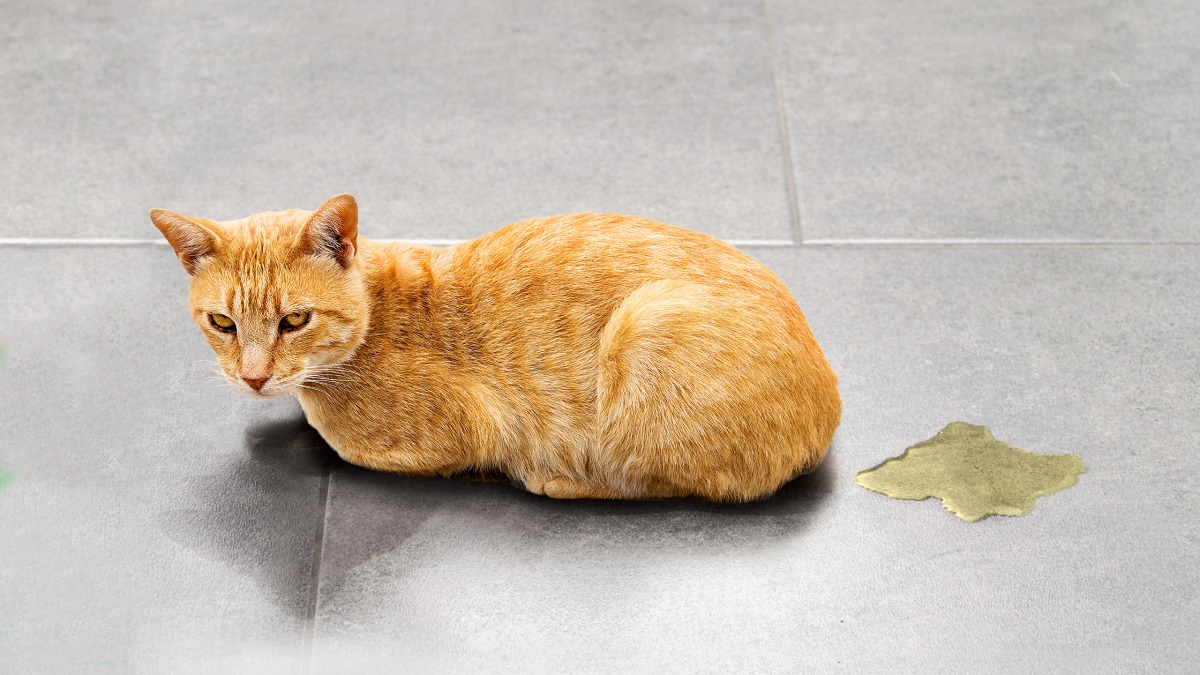
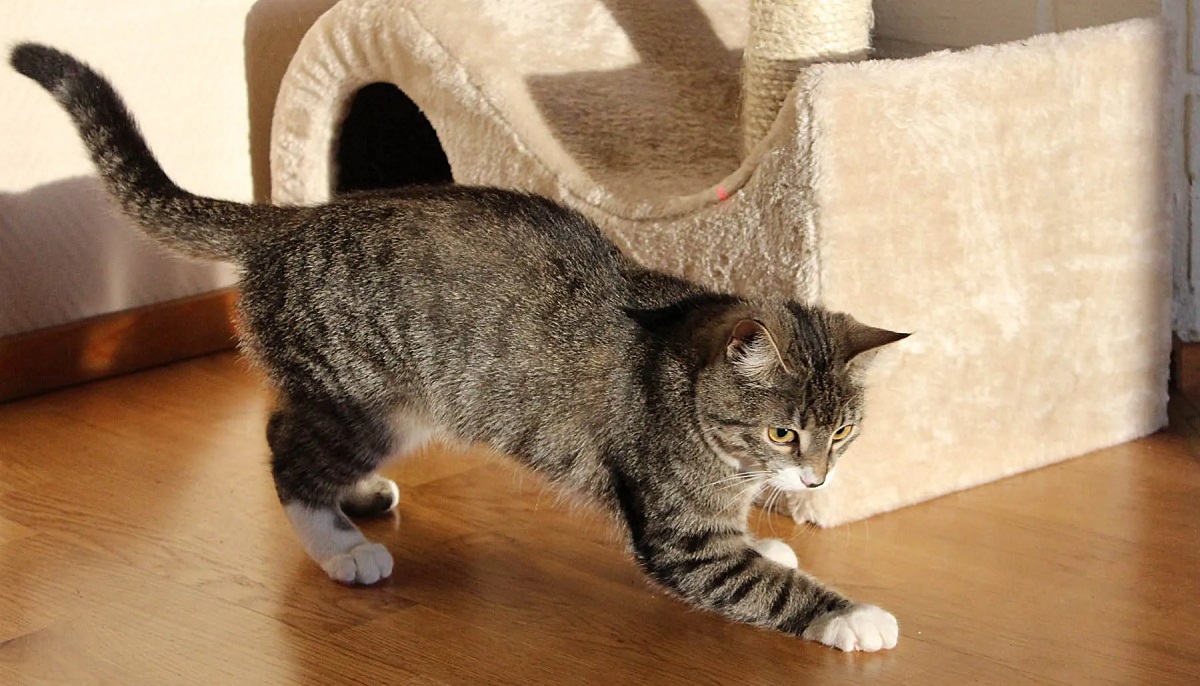


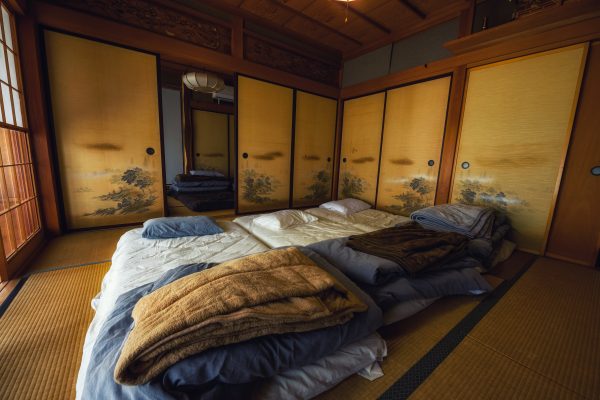




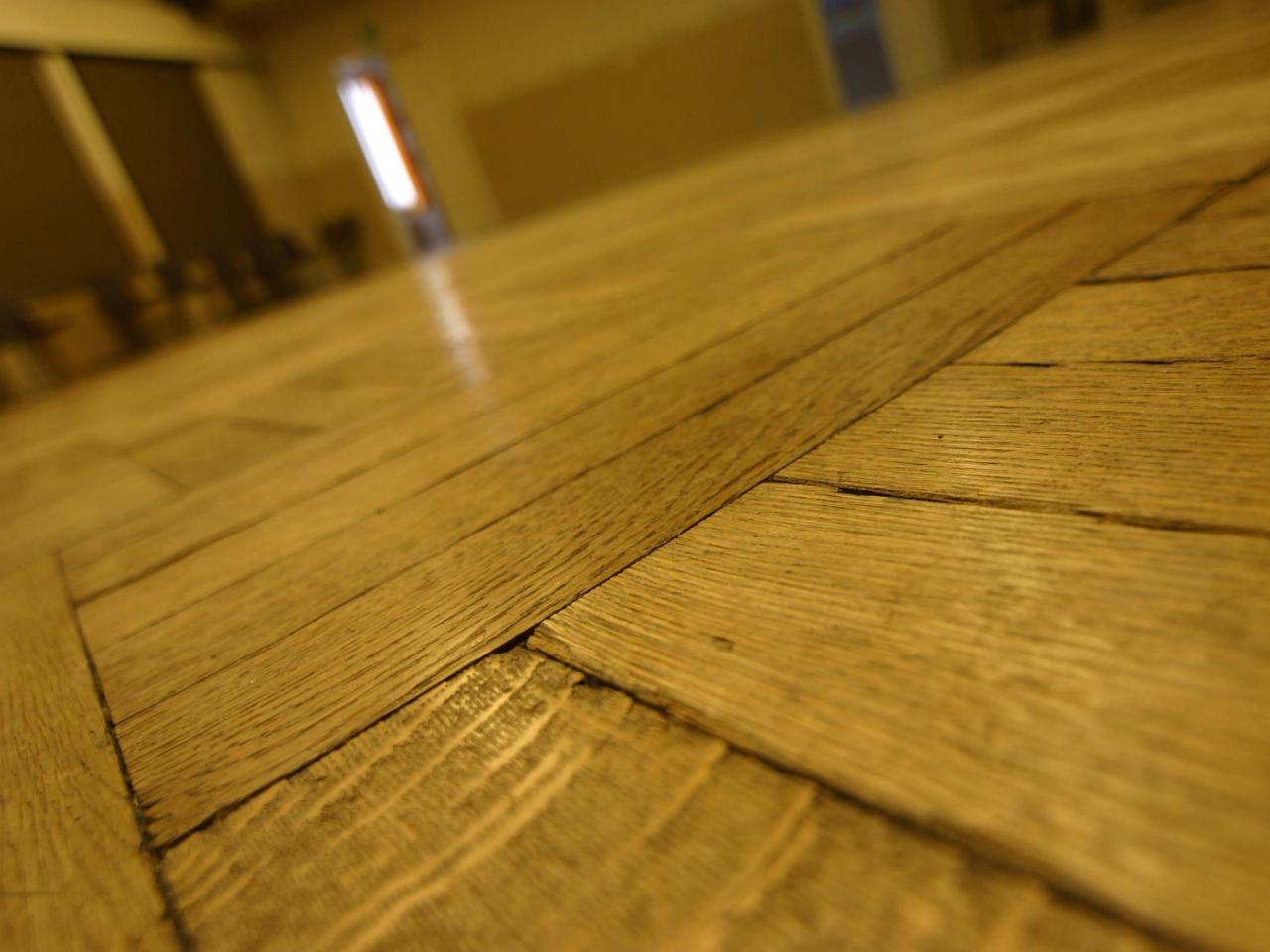




0 thoughts on “Why Do Japanese Sit On The Floor”